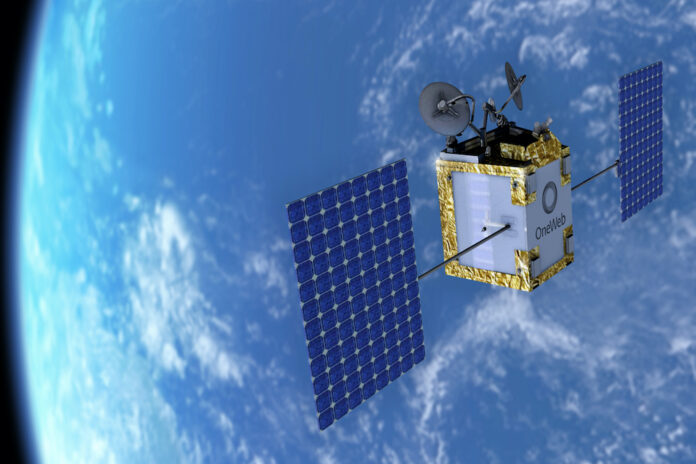Expect a low-Earth orbit to bring cloud apps to energy, followed by the digitisation of the maritime, enterprise and humanitarian sectors
Satellite service provider Marlink has signed up for OneWeb’s low-Earth orbit (LEO) services to connect the maritime, energy, enterprise and humanitarian sectors. Marlink instinctively uses very-small-aperture terminal (VSAT) type small dish antennas to connect clients but in this case it says will install several types of user terminals and LEO connectivity services in each industry.
Satellite forecast is four sector digitisation
OneWeb currently has 394 satellites – some 60 per cent of its fleet – in low earth orbit, delivering connectivity to customers in remote regions of Alaska, Canada and the North Sea. Launches will continue during 2022 as it seeks to extend its maritime coverage for 2023. Initially from January 2022 the partners will target the energy sector in regions above the 50th parallel north. They are expecting to expand to the maritime, energy, enterprise and humanitarian sectors on a global scale from January 2023.
Cloudy with no prospect of pain
There is strong demand for remote communication in the maritime and energy sectors, claimed Alexandre de Luca, Marlink’s President of Energy, Enterprise and Government, and the OneWeb broadcasts will significantly improve the hybrid connectivity Marlink offers its energy and maritime customers. “Adding OneWeb’s capabilities will support the digitalisation of our customers’ remote operations, in particular [their] cloud applications,” said Tore Morten Olsen, Marlink’s maritime president.
A new generation of business broadband
“OneWeb is building a new generation of business broadband services, powered by Low Earth Orbit satellites to create a truly global connectivity network to the high seas,” said Carole Plessy, OneWeb’s VP of Maritime OneWeb, “with Marlink connectivity the maritime industry has a pathway to digitalization, both on and offshore.”
In November, as UK telco BT signed with OneWeb, the LEO satellite operator said it expected to deliver global coverage by June 2022 through a constellation of 648 LEO satellites.



